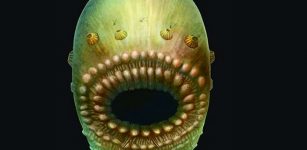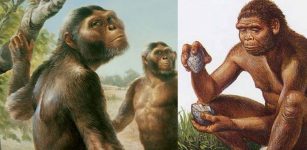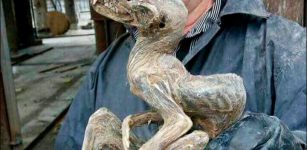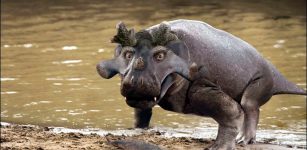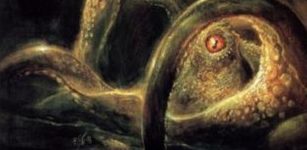World’s Oldest DNA Of An Unknown Human Ancestor Could Rewrite Our History
MessageToEagle.com – Scientists are trying to solve an intriguing ancient mystery that could shed more light on the identity of beings that walked the Earth several thousands of years ago.
World’s oldest human DNA, containing evidence of an unknown species, has been recovered from a 400,000-year-old thigh bone.
According to anthropologists, studying this DNA from human ancestors that are hundreds of thousands of years old shows a complex pattern of evolution in the origin of Neanderthals and modern humans.
The bone belongs to a human, but contains unknown DNA. This remarkable finding is making scientists question everything they know about human evolution.
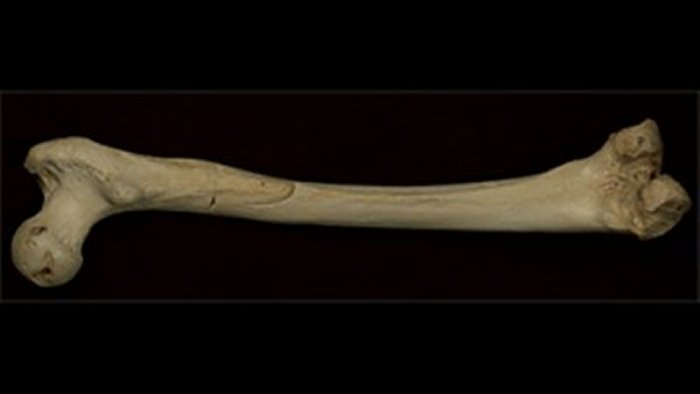
The bone discovered in Sima de los Huesos, a cave in northern Spain, contains one of the largest collections of hominin fossils ever discovered.
Now, this so-called “pit of bones” has also yielded the oldest hominin DNA ever sequenced.
Using a thigh bone from the cave, Matthias Meyer from the Max Planck Institute for Evolutionary Anthropology has sequenced the almost complete mitochondrial genome of one of Sima de los Huesos’ inhabitants, who likely lived around 400,000 years ago.
That is at least four times older than the previous record-holder-a small 100,000-year-old stretch of Neanderthal DNA.
See also:
DNA From Mystery Human Species Detected in Pacific Islanders
Red Deer Cave People – Mysterious New Human Species Baffles Scientists
DNA Reveals Mysterious Unknown Species Bred With Early Humans
“It’s an incredible breakthrough. They managed to get DNA out of a sample that dates back to a time before either modern humans or Neanderthals existed,” said David Reich from Harvard Medical School, who was not involved in the study. Sima de los Huesos-already an important site for understanding human evolution-is now a “goldmine for genetics,” Meyer said.
The bone shows that humans had ancestors 400,000 years ago who were neither human nor Neanderthal. It appears that the DNA belongs to an extinct species called Denisovan. What is even more remarkable is that the Denisovans were previously only known to exist in Siberia. How did the Denisovans end up in Spain? Denisovans hominins are a Paleolithic-era species of the genus Homo or subspecies of Homo sapiens.
The most intriguing part of this story is that the Denisovans possessed DNA that is of unknown origin.
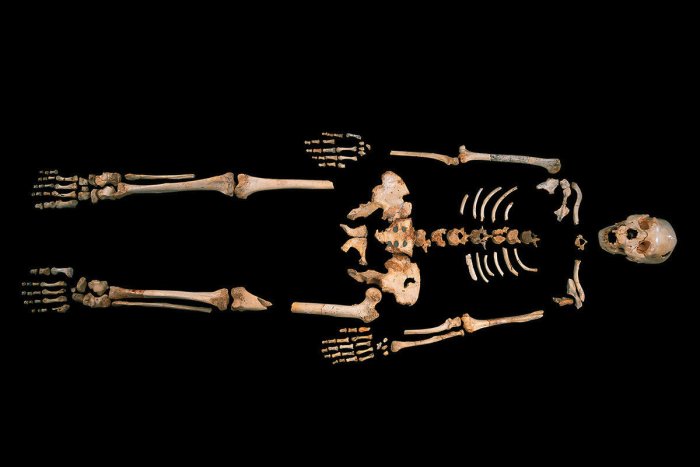
“The fact that they show a mitochondrial genome sequence similar to that of Denisovans is irritating… Our results suggest that the evolutionary history of Neanderthals and Denisovans may be very complicated and possibly involved mixing between different archaic human groups,” says Matthias Meyer.
“Obviously, the origins of Neanderthals and Denisovans are quite complicated, perhaps more than what we would have hoped,” Meyer added. Our results just put a big question mark over all of this.”
The only way to solve these mysteries will be to sequence more ancient DNA, including nuclear genomes from the Sima de los Huesos specimens.
Copyright © MessageToEagle.com. All rights reserved. This material may not be published, broadcast, rewritten or redistributed in whole or part without the express written permission of MessageToEagle.com

